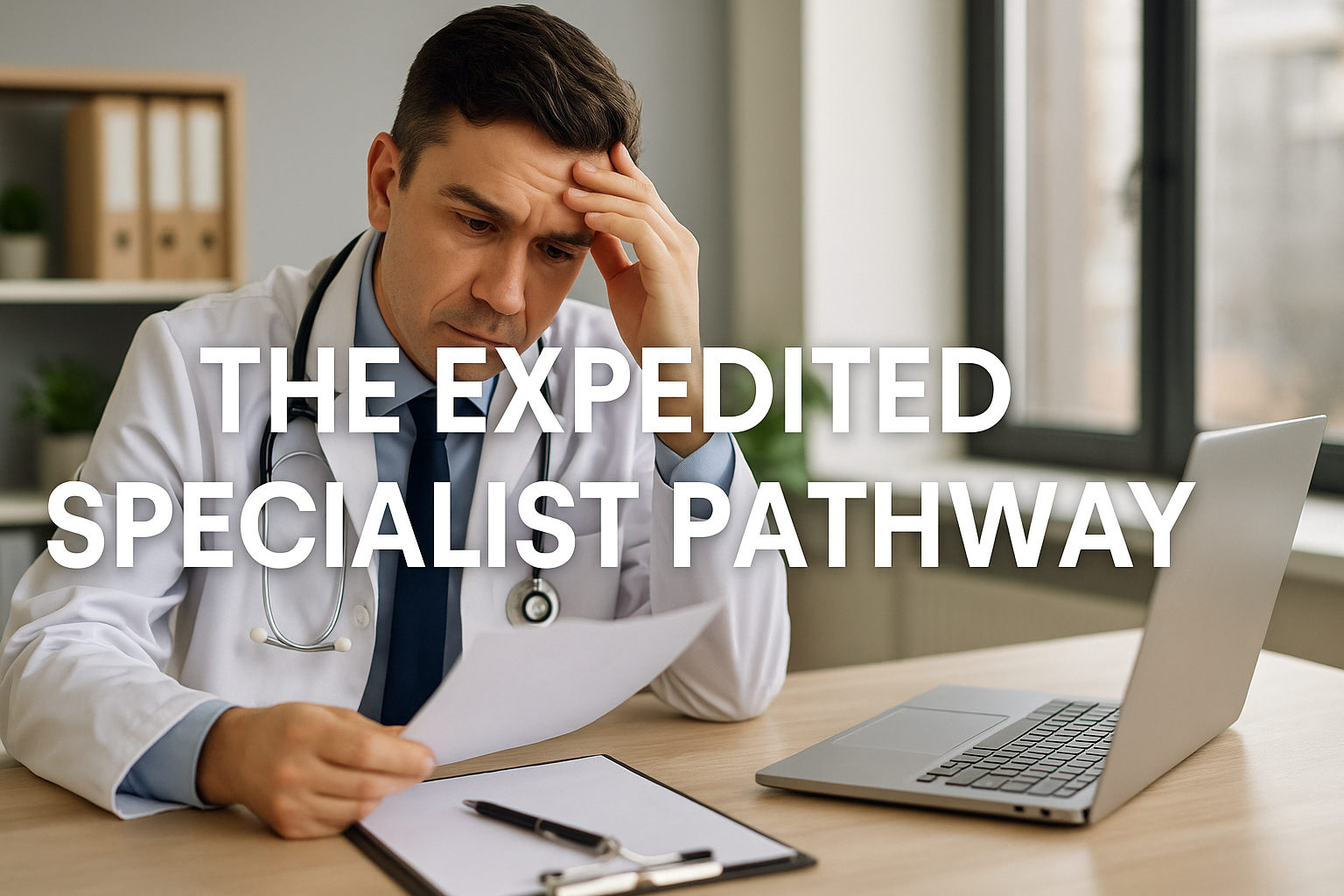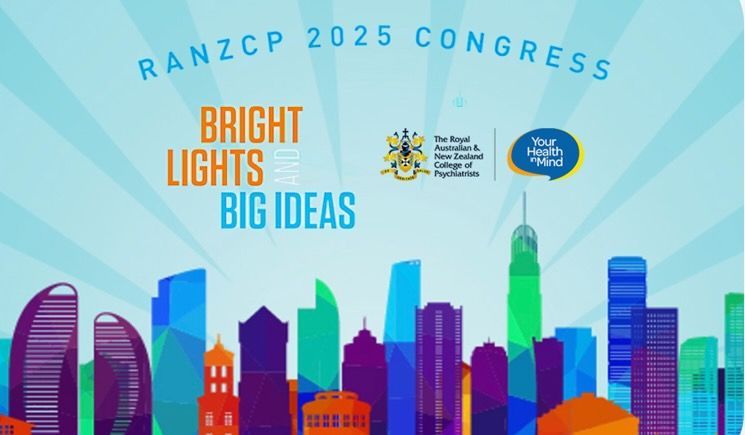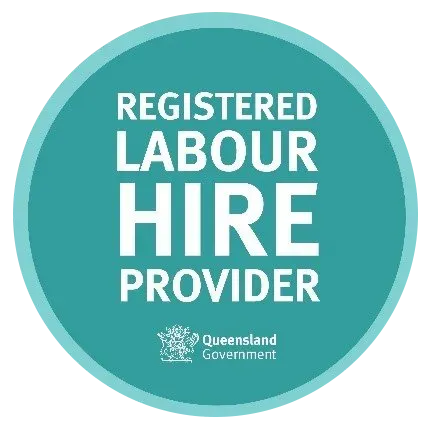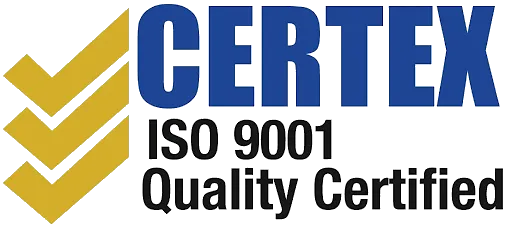Medical doctors salaries in New Zealand

Medical Doctors Salaries in New Zealand
In contrast to other countries, doctor salaries in New Zealand are governed by a nation-wide salary arrangement. Medical doctors salaries in New Zealand will be based on how many hours per week & how many years you have been practicing. Your practice time counts since completing your last level of medical education.
Note: Check out our dedicated articles on Psychiatrist Salaries in New Zealand or Radiologist Salaries in New Zealand if you work in one of these specialties!
It takes time
With every year of full-time medical work you have done you will move one step higher on the salary scale. And in addition to your base salary you will receive extra benefits for after-hours/on-call and superannuation.
Average Salaries in New Zealand
| Average Base Salary | Average Total Salary | |
| House Officer | 55,000 – 70,000 | 70,000 – 90,000 |
| Registrar | 70,000 – 125,000 | 85,000 – 145,000 |
| Specialist | 155,000 – 240,000 | 170,000 – 290,000 |
| GP | 120,000 – 185,000 | 140,000 – 205,000 |
* All values are annual figures based on a 40-45h work-week and noted in NZD
The above figures are based on a 40-45h week, which is the lowest of six standardised pay categories (category A). Each additional category is 5h/week above the previous one and comes with extra earnings. A Year 4 House Officer might only earn around $70,000 on category A. The same grade of doctor would earn over $130,000 per year in category F. This is the highest category with 65+ work hours per week. Also keep in mind, this is the base salary in NZ with extra allowances on top (proportionate to the higher earning).
To get an accurate understanding of the value of these doctor salaries in New Zealand, you need to keep the cost of living and housing market for your location of choice in mind. Along with your salary you will also have guaranteed sick and annual leave. Consultants (Senior Doctors) will receive a time and financial allowance for professional development as well. In addition, New Zealand offers a work-life balance second to none. And it provides an environment which is among the world’s top in regard to quality of living.
Typically, the hospital will also pay for the relocation of your belongings to NZ. This is a big expense you won’t have to pay for. And of course our service in helping you secure the perfect New Zealand medical job is free of charge for you as well. To see how the cost of living in New Zealand compares to the US or UK check out this blog article!
Taxation
New Zealand has a comparably simple system when it comes to personal income tax. Below is a table showing the tax rates as of early 2018 – feel free to check here for the current rates. The highest tax bracket of 33% is much lower than Australia’s 46%. This has a significant impact on the take home pay of senior doctors. Australia also charges high earners with additional stealth taxes such as the Medicare levy.
| Up to $14,000 | 10.5% |
| Over $14,000 to $48,000 | 17.5% |
| Over $48,000 to $70,000 | 30% |
| Over $70,000 | 33% |
The New Zealand tax year goes from 1 April to 31 March. Once you arrive in New Zealand, it is recommended that you directly apply for an IRD number (personal tax identifier number).
Register now to get updates on the highest paid doctors positions in New Zealand! We’d love to support you on your journey into a new life!









